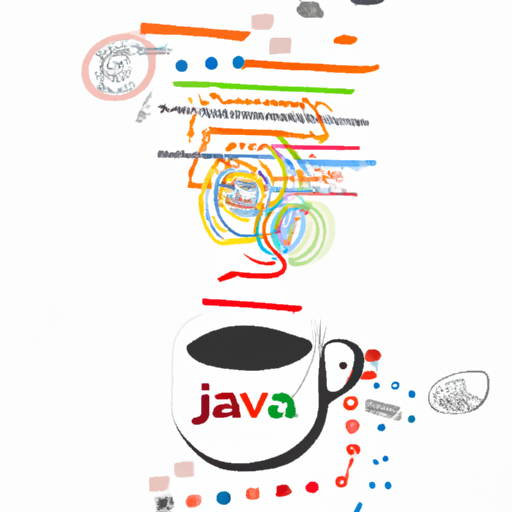What Are Session Attributes in Java: A Comprehensive Guide
Session attributes play a crucial role in Java web applications as they allow developers to store and retrieve data specific to a user’s session. In this comprehensive guide, we will explore what session attributes are in Java and how they can be effectively used in your applications.
Understanding Session Attributes
In Java, a session represents a series of interactions between a user and a web application. It starts when a user first accesses the application and ends when the user logs out or the session expires. During this time, session attributes are used to store user-specific data that needs to be maintained across multiple requests.
Session attributes are essentially key-value pairs that can be set and retrieved throughout the user’s session. They are stored on the server-side and associated with a unique session ID, which is usually stored in a cookie or appended to the URL.
Working with Session Attributes
To work with session attributes in Java, you need to follow these steps:
1. Obtaining the session object: To access session attributes, you first need to obtain the session object. This can be done using the `getSession()` method provided by the HttpServletRequest object.
2. Setting session attributes: Once you have the session object, you can set session attributes using the `setAttribute()` method. This method takes two parameters: the attribute name and its value.
3. Retrieving session attributes: To retrieve session attributes, you can use the `getAttribute()` method. This method takes the attribute name as a parameter and returns its value.
4. Removing session attributes: If you no longer need a session attribute, you can remove it using the `removeAttribute()` method. This method takes the attribute name as a parameter.
Use Cases for Session Attributes
Session attributes can be used in various scenarios to enhance the functionality and user experience of your Java web applications. Here are some common use cases:
1. User authentication: Session attributes can be used to store user credentials or authentication tokens during a user’s session. This allows the application to verify the user’s identity across multiple requests without the need for re-authentication.
2. Shopping cart: In e-commerce applications, session attributes can be used to store the user’s shopping cart items. This ensures that the items remain persistent throughout the user’s session, even if they navigate to different pages.
3. User preferences: Session attributes can be used to store user preferences, such as language settings or theme choices. This allows the application to personalize the user experience based on their preferences.
4. Form data persistence: When a user submits a form, session attributes can be used to store the form data temporarily. This ensures that the data is not lost if there are any validation errors or if the user needs to navigate back to the form.
Conclusion
In Java web applications, session attributes provide a convenient way to store and retrieve user-specific data throughout a user’s session. By understanding how to work with session attributes, you can enhance the functionality and user experience of your applications. Whether it’s for user authentication, shopping carts, user preferences, or form data persistence, session attributes play a vital role in maintaining stateful interactions with users. So, make sure to leverage the power of session attributes in your Java web applications to create a seamless and personalized user experience.




